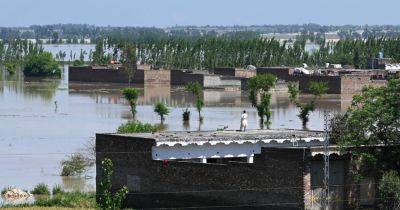Tourist numbers up in post-war Afghanistan
In Pictures
His soldier son toured Afghanistan with fighters in his crosshairs, but US traveller Oscar Wells has a different objective – sightseeing promoted by the Taliban’s fledgling tourism sector.
Marvelling at the 15th century Blue Mosque in northern Mazar-i-Sharif, 65-year-old Wells is among a small but rising number of travellers visiting Afghanistan since the war’s end.
Decades of conflict made tourism in Afghanistan extremely rare, and while most violence has now abated, visitors are still confronted with extreme poverty, dilapidated cultural sites and scant hospitality infrastructure.
They holiday under the austere control of the Taliban authorities, and without consular support, with most embassies evacuated following the fall of the Western-backed government in 2021.
They must register with officials on arrival in each province, comply with a strict dress code and submit to searches at checkpoints.
ISIL (ISIS) attacks also pose a potential threat in the country.
The number of foreign tourists visiting Afghanistan rose 120 percent year on year in 2023, reaching nearly 5,200, according to official figures.
The Taliban government has yet to be officially recognised by any country, in part because of its heavy restrictions on women, but it has welcomed foreign tourism.
“Afghanistan’s enemies don’t present the country in a good light,” said Information and Culture Minister Khairullah Khairkhwa.
“But if these people come and see what it’s really like,” he added, “they will definitely share a good image of it.”
Wells, on a trip with travel company Untamed Borders, which also offers tours of Syria and Somalia, describes his visit as a way to connect with Afghanistan’s people.
He describes a “sense of guilt for the







